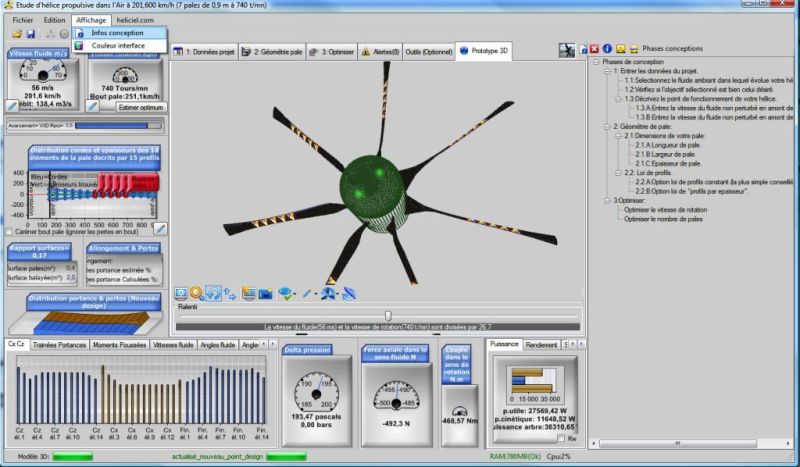Aircraft Design Software
Aerodynamics and Aircraft Design Software Software for Aerodynamics and Aircraft Design W.H. Mason Kevin T. Crofton Department of Aerospace and Ocean Engineering Virginia Tech This page contains programs that may prove useful to aerodynamics and design class students. Theseare mostly old-fashioned codes without graphical user interfaces. Originally they were all FORTRAN source code. However, I’ve recently started adding executables since the FORTRAN source files typically can’t be used by current undergraduates.
In addition, some methods are given as MATLAB m-files. Important Note: Many of these programs require a text file as input. DO NOT embed tabs in these files. ALSO, the location of the inputon each line is critical. The input instructions are often given as cards, from the days when the text files were physically a deck of computer cards.

The spacing definitions use FORTRAN terminalogy. Do yourself a favor and learn what this means. For example, F10 means a real number (with a decimal point) taking 10 spaces.Study the sample input files for examples of how this works (in fact, ALWAYS run the sample case before doing anything else with these codes). For pointers on running codes, read the chapter from my Applied Computational Aerodynamics notes, (a pdf file).
In some cases I have now added links to sites located elsewhere, where key codes are available. Note: files here may be posted in various formats. Remember that for PCs (Windows) the lines are terminated with a CR/LF, for a 'classic Mac' the lines end with a CR, while for unix (and modern Macs) the lines are terminated by an LF. Recall CR means carriage return and LF means line feed. Add dealing with these variations to your computationalengineering toolbox. Finally, students often have permissions issues with windows *.exe files:All.exe files are run as user; however, the default file output location isusually C: which is an administrator directory and will create an error at run time due to permissions issues.
Always use a folder with user permissions to output data files to such as Documents. Finally, a student has further suggestions and tips for using the codes. Do not have any spaces in the directory name, Ex. ( C: User Documents VT 2016, The space between 'VT' and '2016' will not be recognized by the code)2. The input file must match the example input file exactly (The number of spaces between the columns and before the first column of numbers must match the example code) Finally, the programs and manuals change as students suggest clarifications and other improvements. And these codes are of course for educational use only. Other useful online Java-based programs are available.
Esbjorn Svensson Trio 301 Rar more. Another source of classic aerodynamics codes is the CD sold by Ralph Carmichael,. These codes can now be downloaded for free! • A is available.• An is available.• A is available. Comments or questions? Contact me at whmason@vt.edu.Last modified: March 28, 2017. Current Software * * Airplane Design and Sizing • *• The location for the code, which is available under the GNU licensing rules, and related manuals and discussion groups.
Aerodynamics Software and Aircraft Design Software from the Kevin T. Pdf Form Open Source there. Crofton Desptartment of Aerospace and Ocean Engineering at Virginia Tech. OAD, PCA2000, ADS, Programme de Conception Avion, Aircraft Design Software.
• Some on using XFOIL• Some more on using XFOIL• A sample airfoil, demonstrating the format for inputting coordinates into XFOIL (Tim Miller attributes this data file to JD Jacob at the University of Kentucky) Subsonic Airfoil Analysis and Design: Pablo Pablo is a subsonic airfoil analysis and design program. It comes from KTH, the Royal Institute of Technology, in Stockholm, Sweden. Christian Wauquiez wrote the program, and Professor Arthur Rizzi was his advisor. Pablo stands for 'Potentialflow around Airfoils with Boundary Layer coupled One-way'. It is a MATLABcode, so you need to have MATLAB to run it. Eventually, this url will go away, and when it does, Prof.